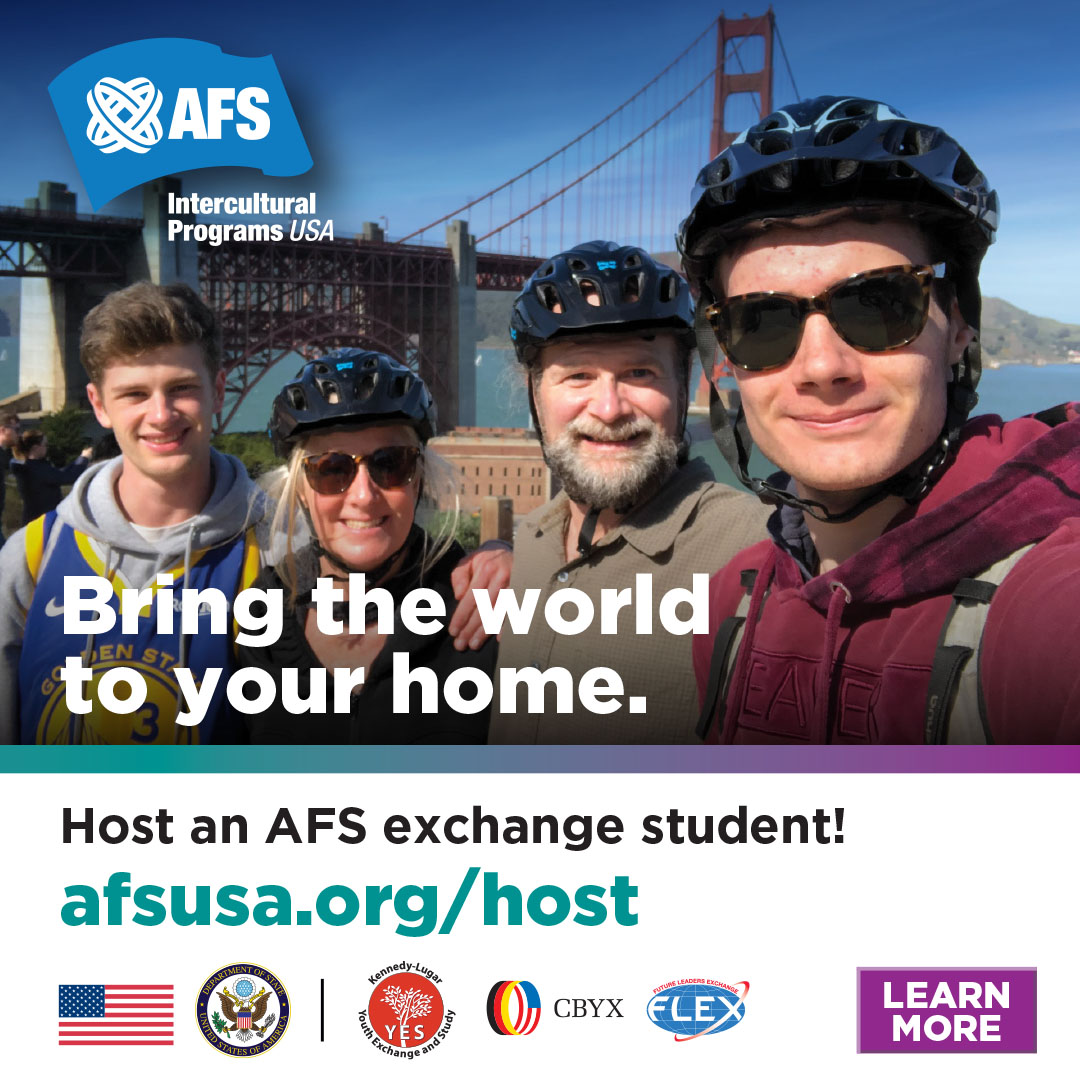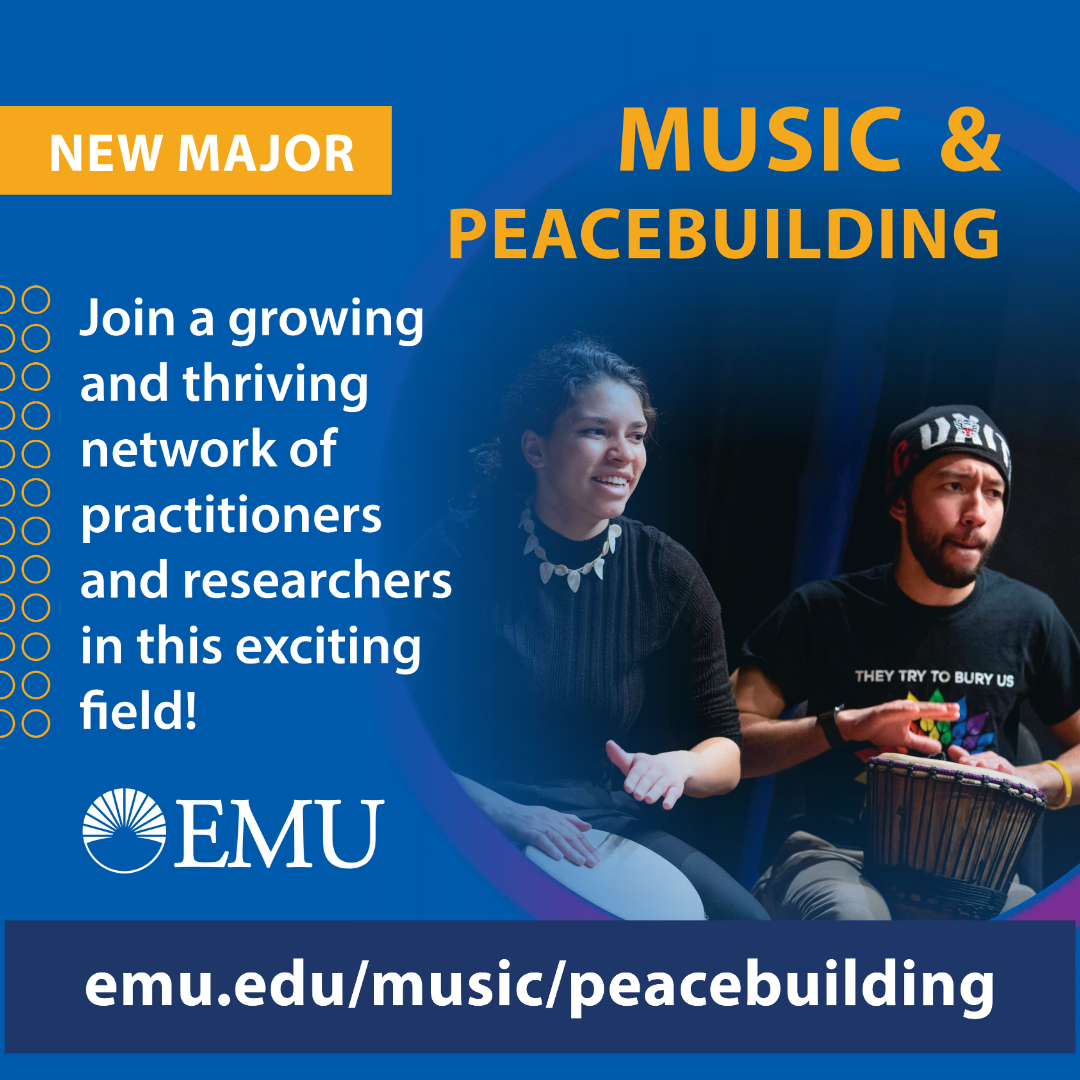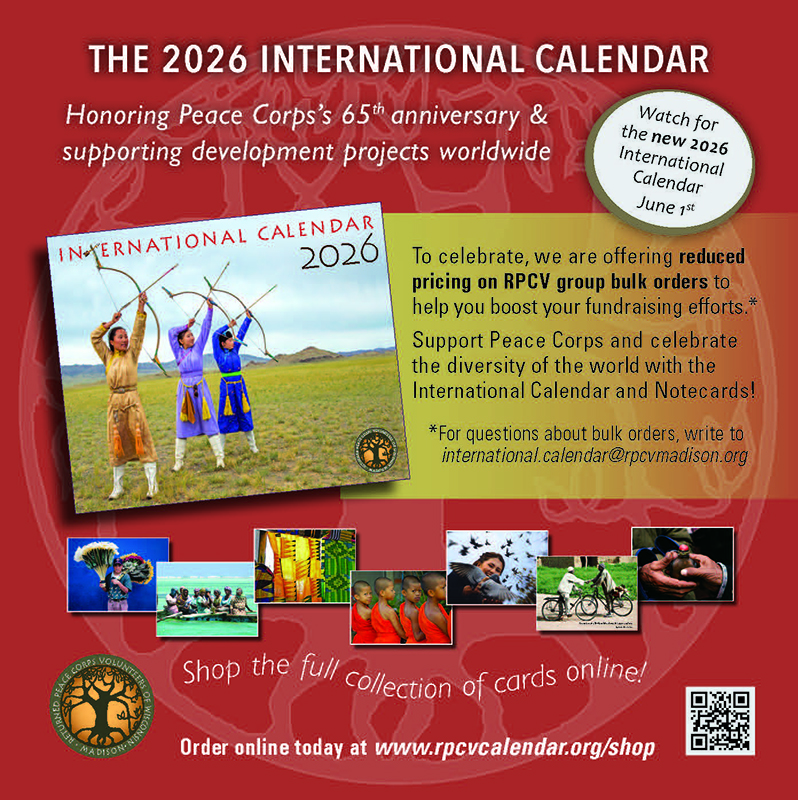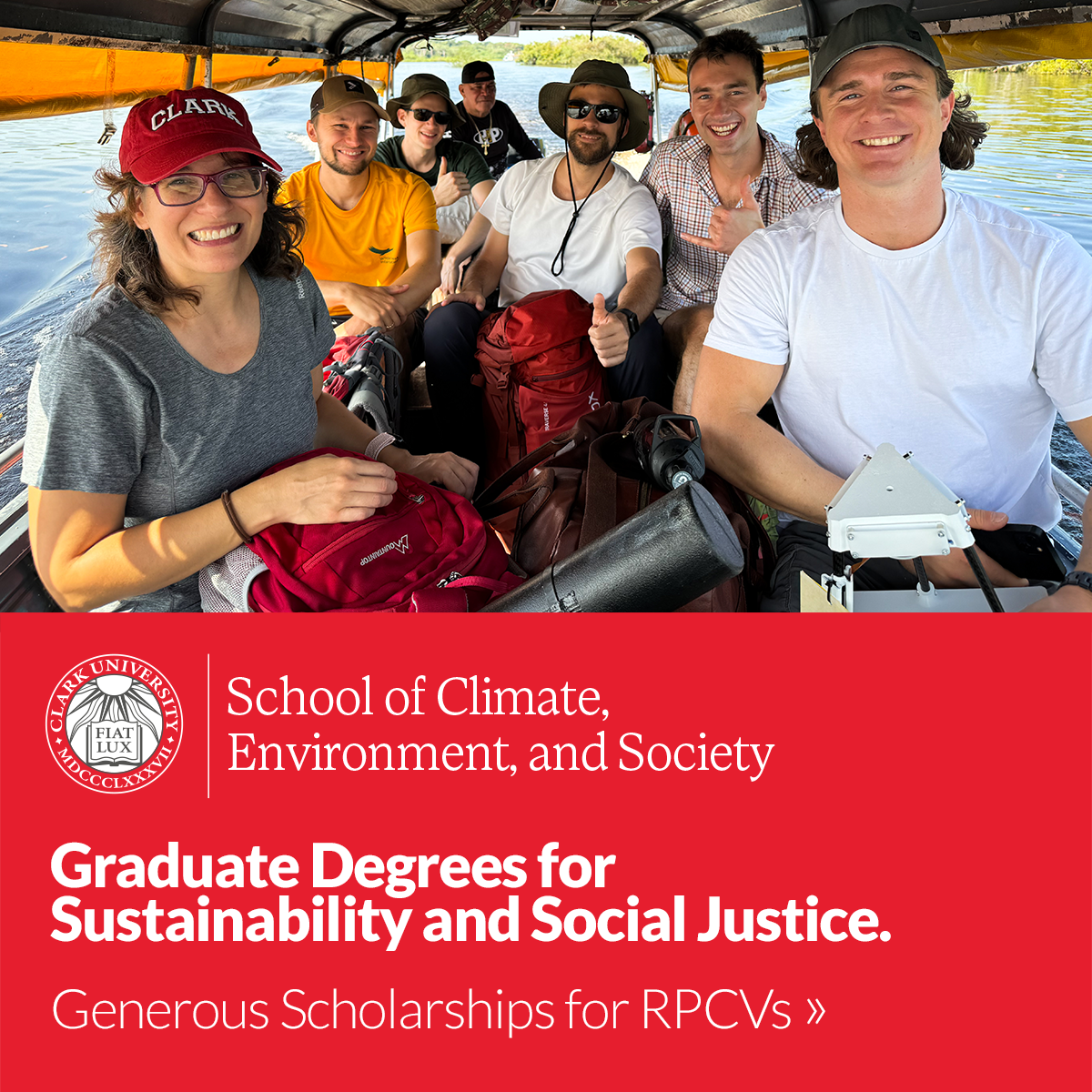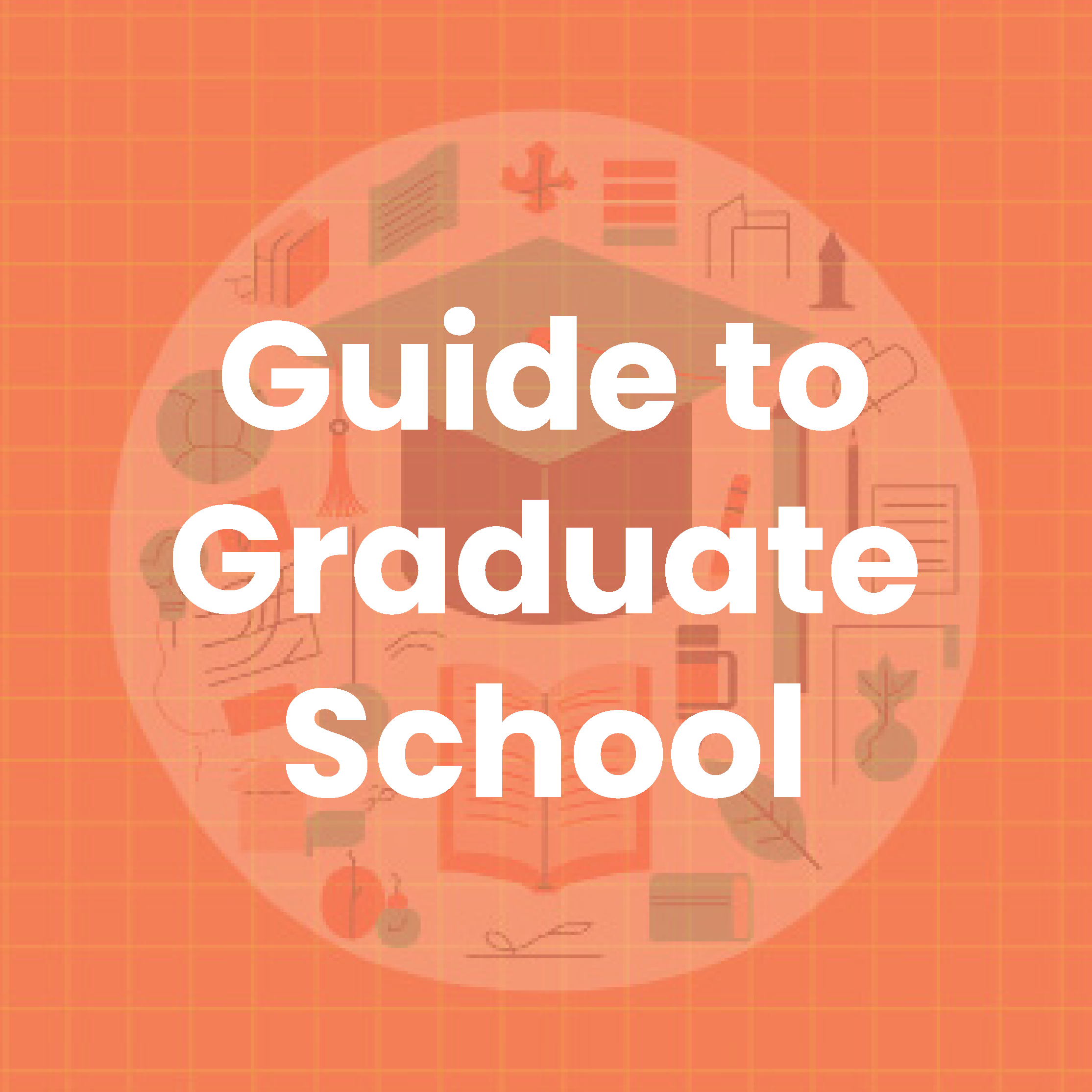
Work Huddle
How RPCVs offer support and advocacy opportunities in the workplace
For many Peace Corps Volunteers closing out their service, returning to the United States can be an overwhelming experience. But two years of service in a host country cultivates a broad range of skills valuable to federal agencies that offer an opportunity to continue serving the public. That’s why numerous Returned Peace Corps Volunteers embark on a career with the federal government; in addition, these positions offer community based on shared experiences through RPCV workplace affinity groups.
“The purpose of the [workplace] affinity groups is to create a community of Returned Peace Corps Volunteers,” said Colleen Dundas (Malawi 2013–15). “It’s an opportunity for like-minded people who have served in various countries to come together, share our experiences, and continue serving. It keeps that sense of community that the Peace Corps starts.”
Dundas has been a member of the Returned Peace Corps Volunteers at National Institutes of Health (RPCV NIH) for nearly her entire career. She was first introduced to the group after joining a country-based RPCV group, Friends of Malawi.
“I joined Friends of Malawi and met another RPCV who also worked at NIH,” Dundas said. “After coming back from service, I didn’t understand how beneficial it is to be a part of an affinity group and the value of its network. But Peace Corps affinity groups have been an essential part of my growth, both personally and professionally.
The RPCV NIH group currently has 64 members who engage in a variety of activities, from career panels and fundraising to community service.
“About two years ago, we came together to collect donations for the Afghan refugees arriving in Maryland and Virginia,” Dundas said. “We also give back through the Children’s Inn at NIH, which is a campus for children with rare or terminal illnesses. We serve dinner for the families staying there, and we’re planning another one this summer.”
For Dundas, participating in activities with the RPCV NIH workplace affinity group breaks up the monotony of daily life and fosters the sense of community she once experienced in Malawi.
“It can be easy to get stuck in day-to-day work and forget to step back and see the bigger picture,” Dundas said. “This affinity group makes me feel like I’m still part of this global community. You can lose sight of that feeling if you don’t stay connected, and it’s just an incredible opportunity for RPCVs to take advantage of when they return to the U.S.”
But not all government agencies have workplace-based RPCV groups. At the Federal Emergency Management Agency (FEMA), Chad Ryerson (Honduras 2008–11), saw a need for one after he reviewed the catalog of groups on the National Peace Corps Association’s website.
“My exposure to RPCV groups started from my time on the board with Returned Peace Corps Volunteers of Washington, D.C. (RPCV/W),” Ryerson said. “We were hosting career panels at RPCV/W and I was looking for speakers, so I was reaching out to all these affinity groups at agencies like the State Department, GSA, and Department of Labor.”
After transitioning out of his role at RPCV/W, Ryerson was so inspired by the experience that he initiated a workplace group at FEMA.
“We didn’t have [an affinity group], but I knew we had RPCVs,” Ryerson said. “There’s a lot of value that the affinity groups bring to the federal government, because it’s all about building relationships and rapport in the community. RPCVs are well equipped to do that.”
In particular, Ryerson recognized how the Peace Corps experience equipped FEMA employees with the necessary skills for the job.
“People from all over the world live and work in the United States, and some become victims of natural disasters,” Ryerson said. “A good example is the aftermath of Hurricane Katrina or the BP oil spill, where many Vietnamese American fishermen were working off the coast of Louisiana. An RPCV, especially one who may have served in Vietnam or Southeast Asia, is going to have the perspective and cultural awareness to better connect with those survivors.”
RPCVs in the workplace can better support colleagues who haven’t had that cultural exposure, as well.
“We have a number of people at FEMA that have never been abroad,” Ryerson said. “We need people that are willing to get out of their comfort zones and meet people in the community. So the group is a great opportunity to raise awareness about different cultures and perspectives within the organization and contribute to professional development.”
Chau Lai was a Volunteer in Gabon in the mid-1990s and recently served as chair of the RPCV FEMA group, which now has 180 members. She says there are significant advantages to leveraging the Peace Corps network to better understand the agency. “Our main goal is to build a support network within the federal government,” Lai said. “FEMA is so large that some components do emergency response after disasters, but others have supporting roles like legal and administrative duties. So we’ve been trying to set up their office or department and how it fits into the rest of FEMA.”
Workplace affinity groups also offer an opportunity to socialize and re-engage with the unique Peace Corps experience.
“We also build that community through social activities like gathering at a local restaurant serving non-American food,” Lai said. “It’s an opportunity to enjoy the evening with fellow RPCVs, their family and friends. It’s really about having that network of others who have shared in that life-altering experience.”
The RPCV FEMA group is also embarking on new initiatives to benefit its members, like applying for Federal Employee Resource Group (FERG) status to acquire program funding and better organizational tools.
“One of our main challenges is that we are not officially considered a FERG, which means everything we do has to be outside of working hours,” Lai said. “A FERG status can further that collaboration and sense of community. We want to elevate the status of RPCVs and push for more RPCV recruitment into FEMA, because we know they have the skills FEMA needs.”
Now, there’s also a new group specializing in connecting RPCVs with professional opportunities, including those at government agencies. Jonathan Keenan (Cameroon 2014–16), created RPCVNexus to support Peace Corps Volunteers as they consider their next steps post-service.
“We carry out various activities that will springboard Volunteers as they consider their future careers,” Keenan said. “We bring it all into a one-stop shop: whether that’s resume reviews, workshops, career panels, post-service conversations, interview preparation, etc., but also providing additional resources and information on how to best leverage their benefits post-service.”
A key, primary benefit for RPCVs can actually streamline them into a career at a government agency: non-competitive eligibility (NCE).
“Volunteers come back with a non-competitive eligibility status for federal positions in the first year following their service,” Keenan said. “NCE opens up the door so that Peace Corps Volunteers can directly utilize the skills they developed during their service for jobs with the federal government, without having to compete with the entire pool of applicants. NCE gives you a much better chance.”
Hiring managers also look to NCE to find government employees with the kind of skills that RPCVs can bring to the workplace.
“Federal employers look to NCE as a way to specifically bring Peace Corps Volunteers into their teams,” Keenan said. “They know that RPCVs have the contextual and cultural understanding needed to work with various populations. RPCVs can work in austere conditions with limited resources, so it’s a mindset of having a high level of confidence, capability, and malleability to go into a new position and find solutions to problems.”
RPCVNexus also provides opportunities for RPCVs to explore the other wide-ranging benefits of continuing their public service at a government agency, like adding their time with Peace Corps to the accrual of their annual and sick leave benefits.
“An RPCV is able to ‘buy back’ all those months accrued in service and add it to their computation of time in federal service,” Keenan said. “In the long term, those months are also calculated into your retirement. So if you’ve done Peace Corps for 27 months, then complete a 20-year federal service on top of that, you’ve effectively worked for the federal government for 22 years, and that adds into the percentage of retirement benefits.”
Despite the transition from Peace Corps service to federal service, workplace affinity groups remain focused on the centerpiece of the Peace Corps experience: community.
“The biggest thing for groups is connectivity,” Keenan said. “Peace Corps Volunteers go through a lot during service, particularly on their own. There’s 250,000 RPCVs out there, and these affinity groups have professional development and mentoring opportunities. RPCVs need to come back into something that’s familiar, and these groups really drive that community forward.”
Scott King is an RPCV (Grenada 2017–19) and is the founder and executive director of Regia Multimedia Services.
Related Articles
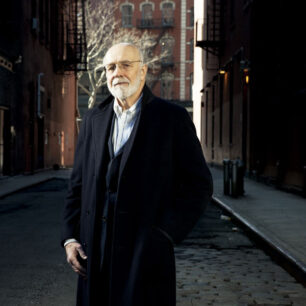
Made in America
Charlie Clifford (Peru 1967–69) is the founder of Tumi Inc., a global travel luggage brand, as well as Roam Luggage.…

“Bigger Than Peace Corps”
California Service Corps is the largest state-based service program in the U.S. , with more than 10,000 volunteers across the…

Signal Boost
The digital world is awash in voices seeking monetary reward or improved social status, as the online acronym goes, IRL…
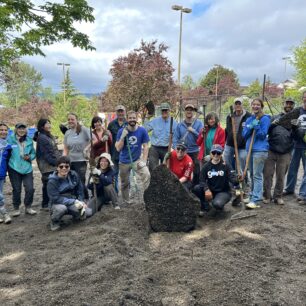
Garden of Refuge
As part of our commitment to continued service, the Seattle Peace Corps Association (SEAPAX) is partnering with World Relief Western…

